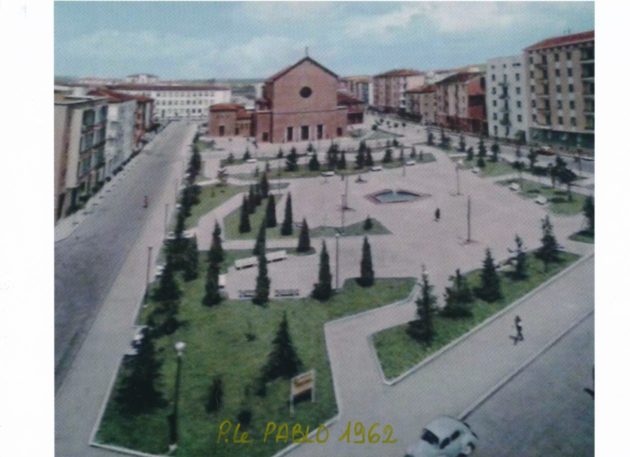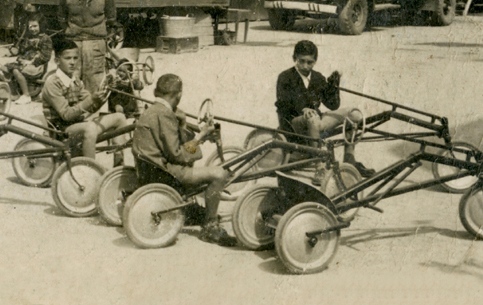HANNO AMMAZZATO PABLO:
Hanno ammazzato Pablo
Pablo è vivo!
Un progetto di rigenerazione urbana e di comunità
The project “Hanno ammazzato Pablo. Pablo è vivo!” springs out of the collaboration between MAPS and Manifattura Urbana, a non-profit organization whose mission is the enhancement of the local territory following the principles like social and financial sustainability, and active and collaborative citizenship.
The partnership is grounded on the common idea that a change is possible only when built together with the people who live it.

This project is about community engagement and local stewardship in a suburban neighbourhood of Parma, a small city in the north of Italy, with the aim to facilitate intercultural dialogue and collaborative dynamics, and to help the locals building a sense of community and experiencing a better quality of life.
Right after the Second World War this rural area turned industrial and working-class, with a strong and tight sense of community in the neighbourhood, its most precious richness.
Nowadays, Pablo is a residential portion of the town, that extends just outside the old historical centrer, in lack of an identity and of reasons to be lived.
In the last decades, a general state of neglect and abandon has damaged the social and urban texture, rising a sense of unsafely and carelessness among the inhabitants.
All this happening within a wider frame of immigration increase, a social change that affects some parts of the town more than others, like Pablo.
The project
Identity and local stewardship are the core, they frame directions and goals, such as: rebuilding a collective memory, enhancing the development of a sense of community and neighborhood identity, of collaborative dynamics and multicultural exchange, and promoting the re-activation and re-use of the public spaces as common goods.
In this initial step, possible thanks to Cariparma Foundation, we will explore and understand Pablo district and its inhabitants, today: who lives this area and how, how they perceive this place, which spots are part of the communitarian identity, which spaces are served and accessible, how people either use them or not.
This first analysis will highlight positive elements, from where we would build, together with the citizens, sustainable and generative strategies of change.
Methodological approach: open and collaborative design, shared sense-making and framing of priorities, negotiation of goals with local actors.
Esplorazione e analisi
Incontri sul territorio e tavoli di lavoro con associazioni attive sul territorio, focus group e interviste con abitanti del quartiere, per la raccolta di materiale narrativo e fotografico sia sulla memoria che sul presente.
Analisi del materiale raccolto per la definizione di possibili temi chiave, da cui co-progettare strategie di cambiamento.
Raccolta di materiale d’archivio per la ricostruzione della genesi del quartiere e delle trasformazioni urbane.Laboratorio delle idee
Laboratori di progettazione collaborativa, pensati insieme al personale docente della locale scuola primaria Racagni, per costruire insieme ai ragazzi possibili scenari di cambiamento nella partecipazione alla vita di quartiere e nell’uso degli spazi pubblici, partendo da un percorso di esplorazione della storia, dell’attualità del quartiere e dei suoi luoghi identitari.
Community Hub
A partire dal lavoro svolto con la scuola, costruiremo insieme a ragazzi e cittadini un’installazione temporanea inserita nello spazio pubblico (in autocostruzione e con materiali di recupero) che possa diventare un luogo di ritrovo e ri-scoperta del quartiere le cui funzioni verranno man mano definite e negoziate da chi vorrà farne uso.
